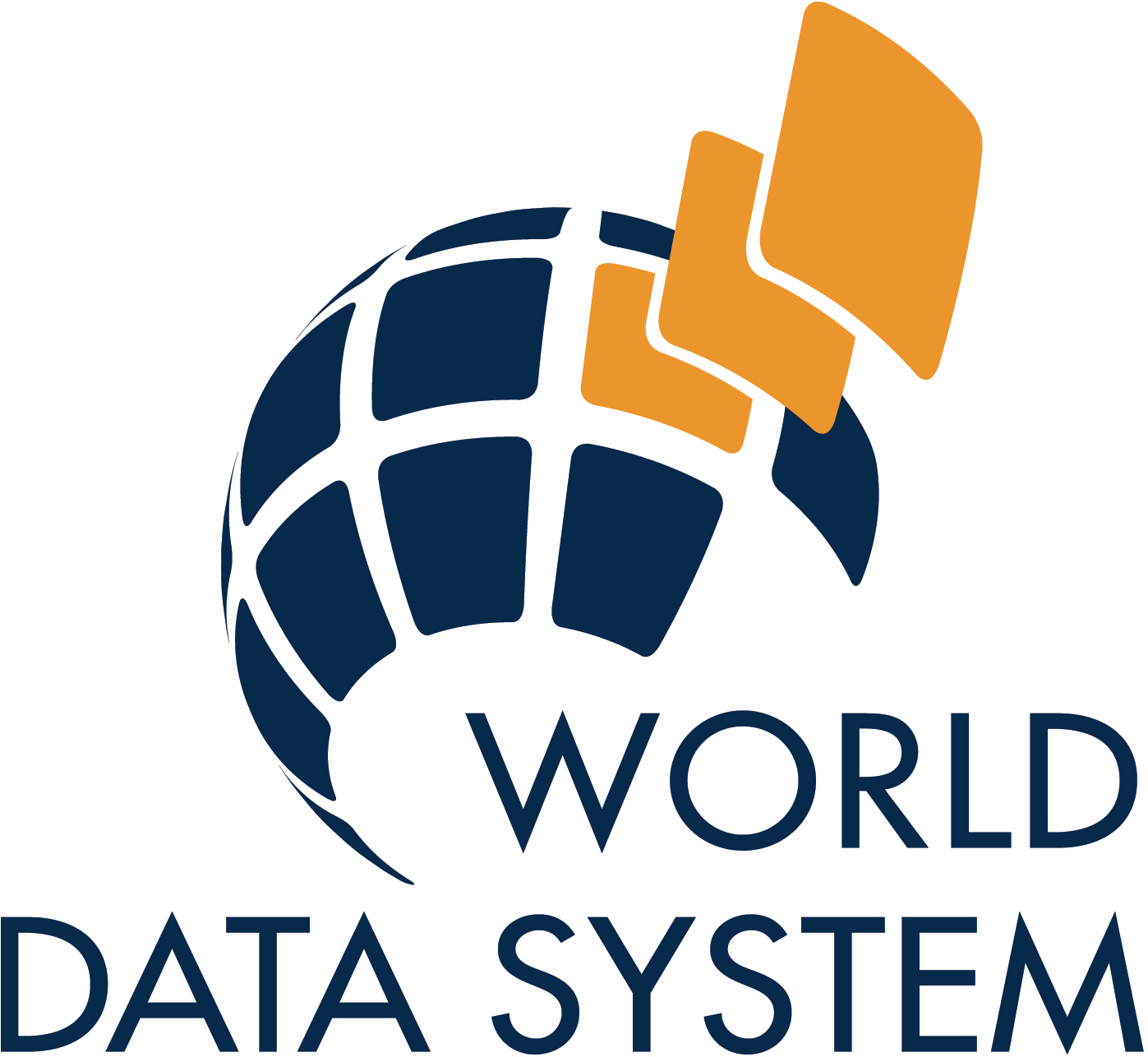| Abstract: |
The Brighton and Hove Prehistoric Peoples Research Project reassessed Brighton’s collection of prehistoric human remains which includes chance finds made in the early 20th century from nine non-monumental locations around the city. Most of these were originally assessed by Sir Arthur Keith and Professor Frederick Gymer Parsons of the Royal College of Surgeons against a backdrop of the pervasive racialistic, Eurocentric views of human origins of the time. In the absence of any relative dating evidence from the burials, this anthropological framework largely determined the dating assigned to them, creating records which persisted until the reassessment nearly a century later. This comprised osteological analysis and radiocarbon dating and has enabled an in-depth comparison to be conducted with the original osteological results, producing similar estimations of biological sex but differences in both age estimations and pathologies observed. Furthermore, the radiocarbon dating has shown that these burials range from the earlier Bronze Age (circa 1900 BC) to the later Iron Age (circa 75 BC), rather than from the Neolithic to the earlier Iron Age, as had previously been believed and thus recorded. No obvious chronological or geographical spread is observed for the locations of this group of burials or their orientations. This proactive reassessment by the Royal Pavilion and Museums, Brighton and Hove, has highlighted the issue of enduring outdated records and has resulted, in this case, in considerably more detailed and accurate data about these burials now being available. This, in turn, will aid future research and interpretation and provide an exemplar of revisiting museum collections. |





